Bareiss is the flagship restaurant of the luxury hotel of the same name, founded by Hermine Bareiss in 1951 and originally called Kurhotel Mitteltal, located at the foot of a beautiful Black Forest valley. Its head chef Claus-Peter Lumpp trained at Kurhotel Mitteltaland later worked at restaurants including Louis XV and Tantris before rejoining the hotel, which was renamed Hotel Bareiss in 1991. He came back here in 1987, and became head chef of its main restaurant in 1992. This had opened in 1982 and already gained a Michelin star in 1984 and a second in 1985, but Mr Lumpp led it to the final third star in 2007.
The dining room is compact and has a large central flower display, with eight large and well-spaced tables. There was a tasting menu at €225 as well as a full a la carte selection. The wine list had a thousand labels and 25,000 bottles, featuring references such as J.J. Prum Spatlese Wehlener Sonnenuhr 2009 at €80 for a bottle that can be found in the high street for €33, Trimbach Cuvée Frederick Emile 1999 at €120 compared to its retail price of €97, and the rich and elegant Domaine Comtes Lafon Clos de la Barre Meursault 2006 at €230 for a wine that will set you back €180 in a shop. For those with the means there were grander labels such as Jean-Marc Boillot Batard Montrachet 1998 at €400 compared to its retail price of €201, and Clos Rougeard Le Bourg 2011 at €900 for a wine whose current market price is about €480, assuming you could actually find it.
The menu began with an array of nibbles. There was pastrami of calf with sour cream, sushi rice with nori and avocado, a crisp holding a mousse of trout, and a cheese tart. The pastrami had excellent flavour, the trout mousse was silky smooth but I was baffled as to what a nori roll was doing here. Sushi is a very specialist art, and compared to versions in Japan this had considerable limitations, with avocado an odd choice for the “neta” part of the sushi, and the rice being too cold. Best of the quartet was the tart, which used local cheese and had superb pastry and gorgeous cheese flavour (18/20 nibbles if I cast a polite veil over the sushi). A final amuse bouche was courgette and buffalo mozzarella salad with tomatoes and, on the side, a pearl barley salad. Courgettes are rarely the most flavourful vegetable, but they were excellent here, and both the intensely flavoured tomatoes and the perfectly balanced dressing were superb (easily 19/20). This was followed by fillet of herring with a salad of apple and celery with a gently spiced curry dressing. The herring was very good and the acidity of the apple cut nicely through the inherent oiliness of the fish, which could easily stand up to the curry (17/20). Bread was bought in from a local bakery and was very pleasant but was not dazzling.
The next course was goose foie gras terrine with salted caramel and port, as well as tarragon and watermelon in assorted forms. There were also little tartlets of burnt goose liver cream with hazelnuts, and goose liver praline with fried goose liver, and goose liver rice with cocoa bean crumbles. The terrine itself was superb, with silky texture and great flavour, as were the tartlets, though I was less sure that watermelon was the best possible accompaniment to it, pretty though the various forms of it, from ragout to a shot glass of juice, actually were. Still, there was no doubting the skill involved in making the terrine (18/20).
This was followed by langoustine tail with fried fennel and black olive crisps, served with a pair of contrasting sauces: a beurre blanc on one side and a meat demi-glace on the other. This was a terrific dish, the langoustine flawlessly cooked and having lovely inherent sweet flavour, the fennel of exceptional quality and the sauces both terrific, and each working well in their contrasting ways with the other dish elements (20/20).
Turbot was from a large 6kg fish, served with samphire, almond cream and a white tomato stock, along with fried turbot cubes with leeks, chanterelles and lovage. The fish had excellent flavour and went well with the tomato stock, the little fried turbot cubes on the side an interesting and successful idea (18/20). Black feather chicken “cassoulet” was not really a cassoulet but instead involved cream of Jerusalem artichokes, basil sauce and the bread. The chicken itself had excellent flavour and went nicely with the artichokes, but I have no idea why it was called a cassoulet, as there were no white beans and it was not a stew (17/20).
The final savoury course was venison from the hotel’s own hunting estate served in two stages. Saddle of venison was served with celery, chanterelles and tiny broccoli, and had dazzling flavour as well as being perfectly cooked. The leg of the deer was cooked in Pinot Noir with juniper and chanterelles and served with an apple and celeriac salad. The deer leg also had great flavour, and the apple in particular provided the acidity needed to balance the richness of the meat. On the side was a raviolo of venison flavoured with elderflower. This was a top-notch dish, with even the baby broccoli having excellent flavour (20/20).
The cheese board looked fabulous but we had no room left for it. For dessert, cherries and Guanaja chocolate came with marscapone cream, cherry ragout, cocoa bean streusel (a kind of crumble) and sour cherry sorbet. This was a classy dessert, the cherries excellent and the combination of textures working really well. The sorbet in particular had gorgeous flavour (19/20). Even better was a beautifully presented raspberry dessert. This comprised chocolate tartlets with raspberries, tonka bean cream with almond cream and raspberry sauce, marinated raspberries with elderflower granita, raspberries on an almond sable with meringue and a raspberry sorbet, and praline nougat with raspberry sauce and chantilly. This was very elaborate yet all the elements went together harmoniously, bringing together different textures and flavours coherently, held together by the exceptional quality of the fruit (20/20).
There was an impressive selections of petit fours. Initially there was a plate with a chocolate tartlet, apricot and chocolate tart, a sort of millefeuille with nougat and Baileys, delicate Black Forest cornets and a refreshing lime meringue. This was supplemented by a large trolley groaning with all kinds of goodies including macaroons, cherry tart, chocolate mousse, fruit jellies and more, as well as two large trays of chocolates that came in a beautiful wooden box. I tried the cherry tart, which was superb, and the raspberry jelly, which was soft and packed with fruit flavour.
Service was very good indeed, the staff attentive and very professional. If you chose from the a la carte menu and shared a modest bottle of wine then a typical cost per head would be around €270 (£237). Overall this was another classy meal here, with some real highlights such as the venison and the raspberry dessert. This is not a restaurant that is well known on the international dining circuit, as like most German restaurants it focuses on its cooking rather than its marketing. However it is a very serious three star restaurant whose cooking trounces many places around the world with the same accolade.
Further reviews: 12th Jun 2014 | 01st Oct 2008























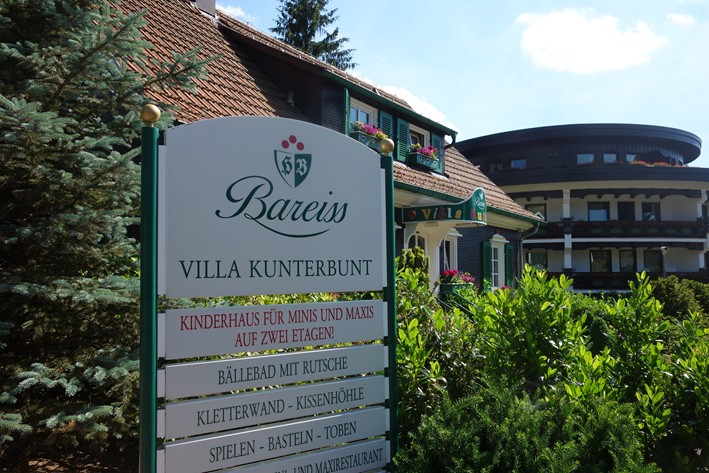

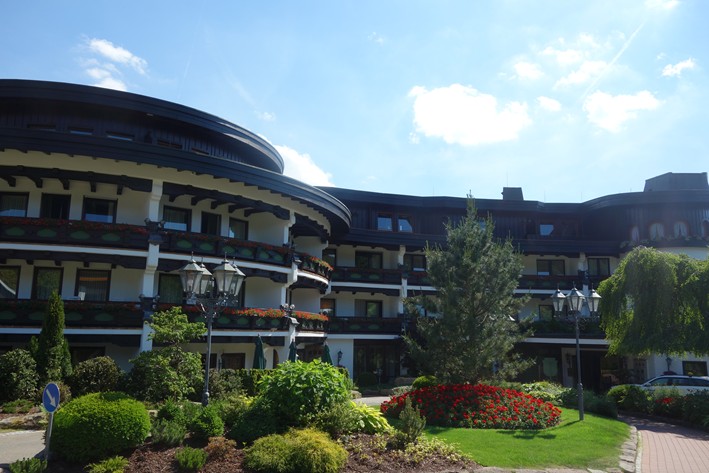

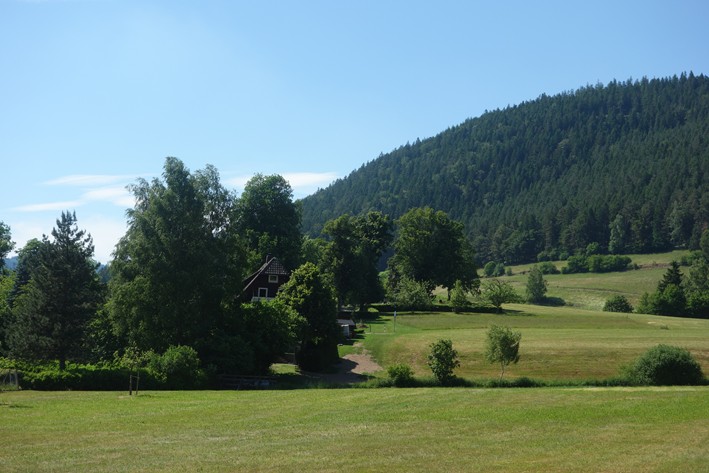

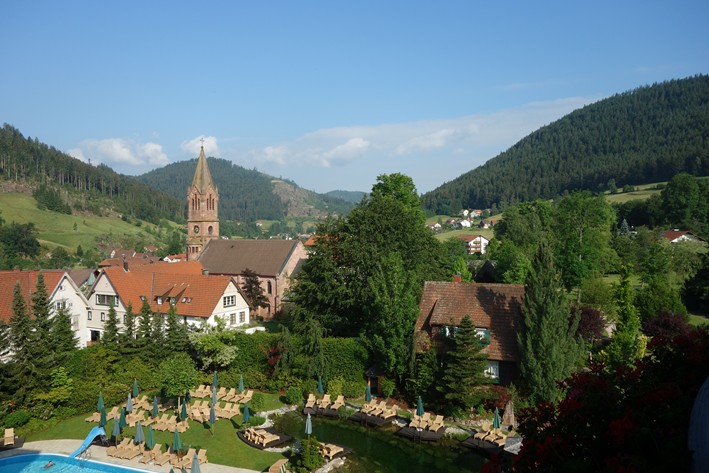



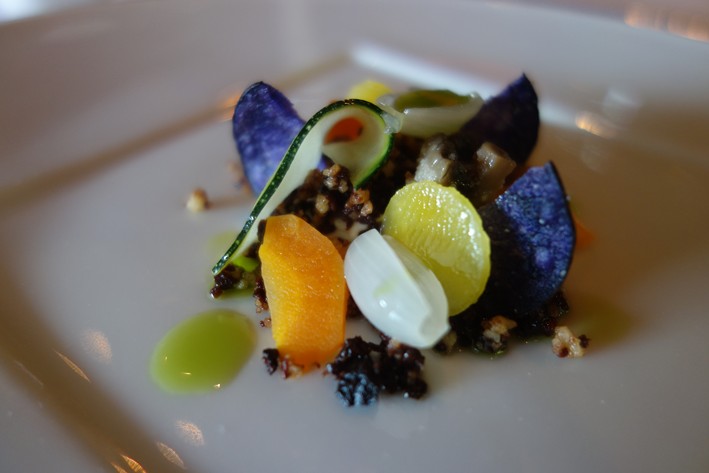
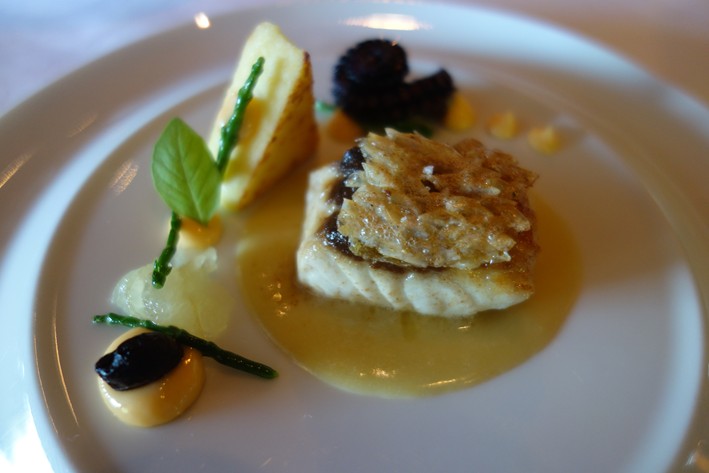
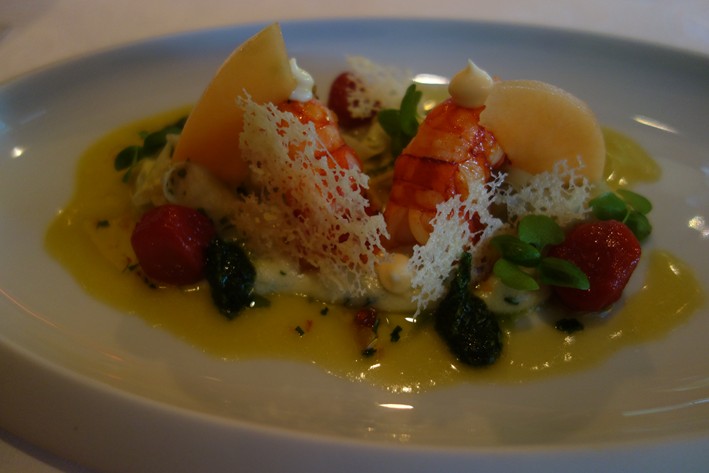
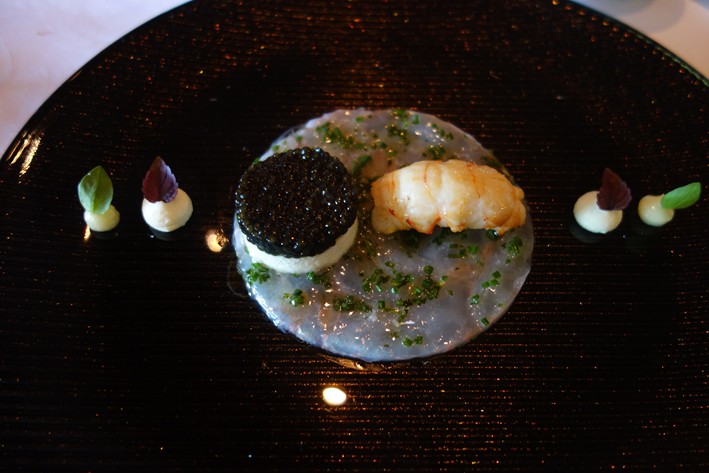
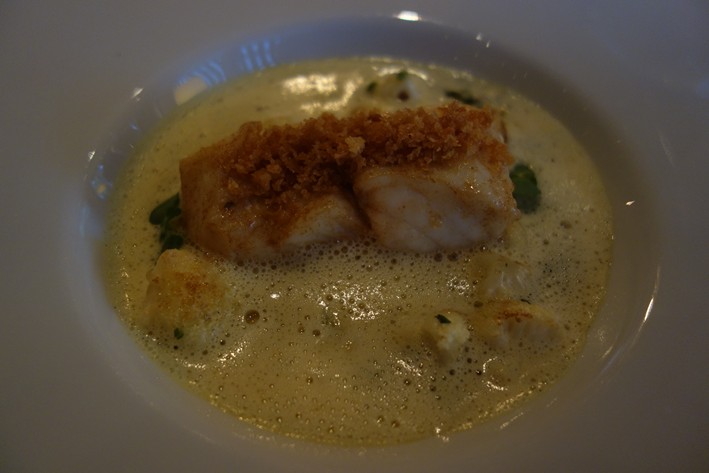
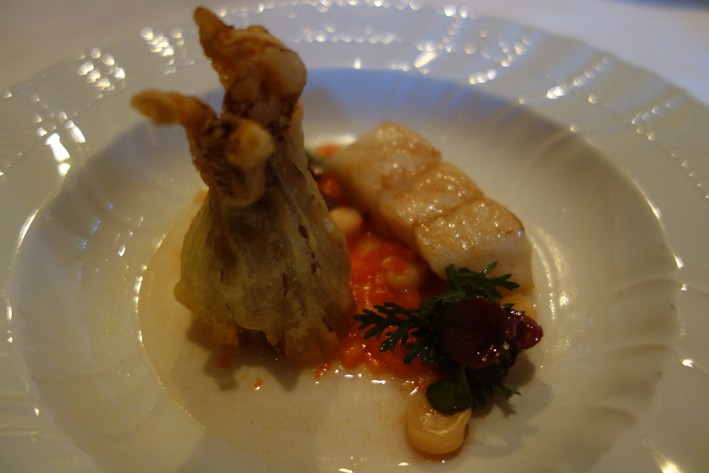
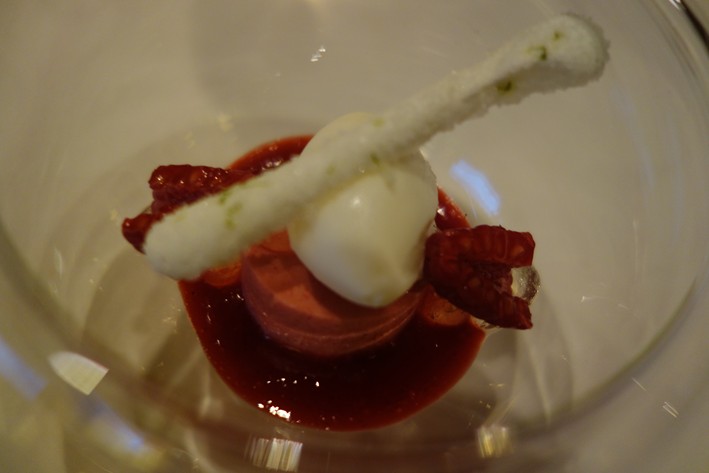
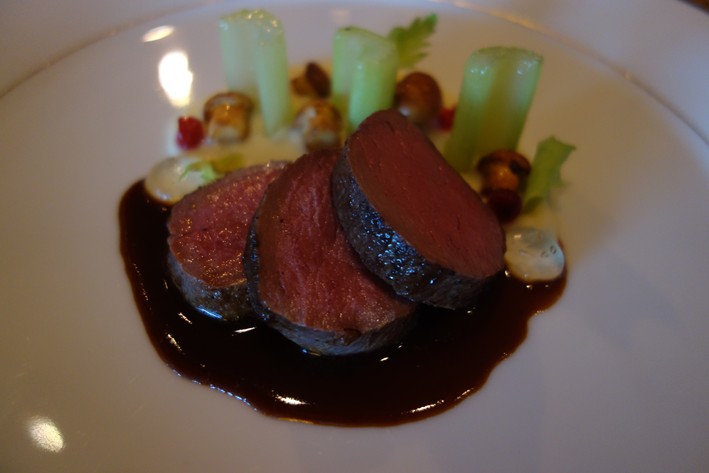
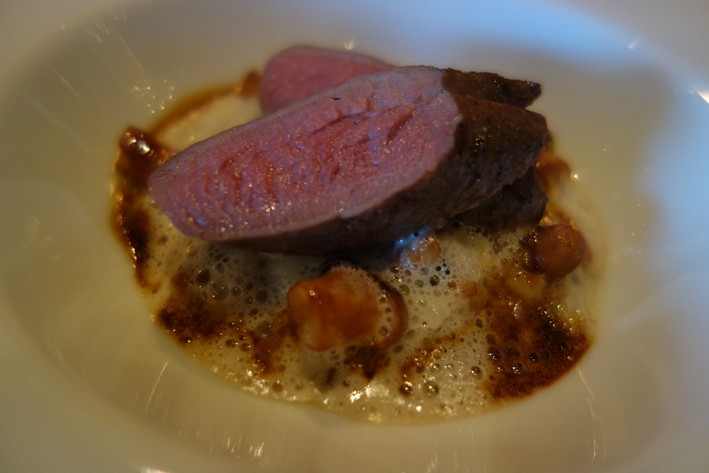
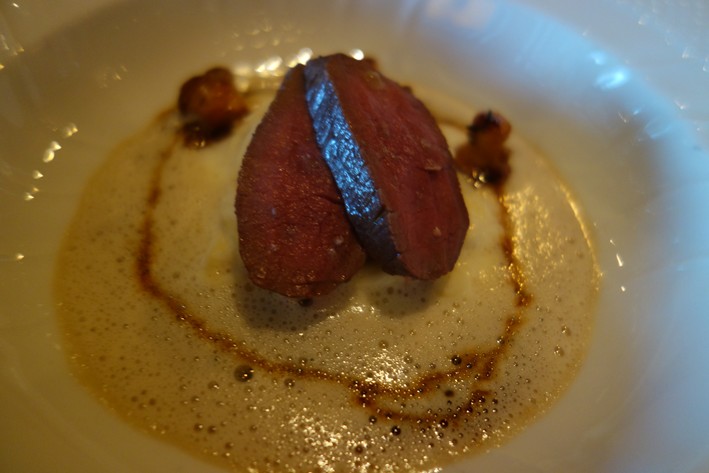

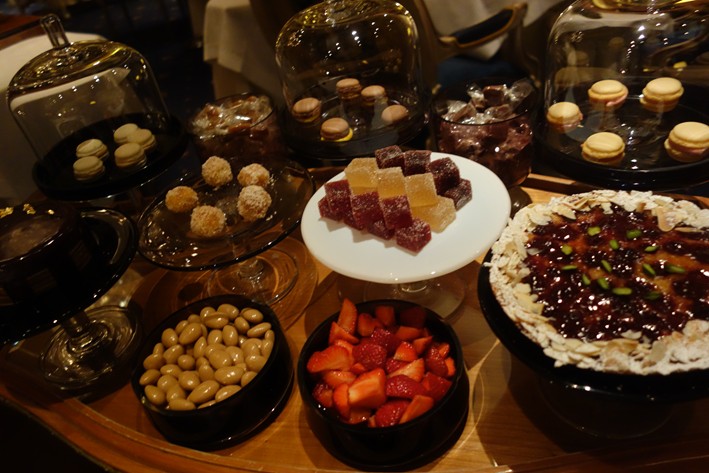


Add a comment
Thank you for submitting your comment, this will be checked and added to the website very soon.
User comments